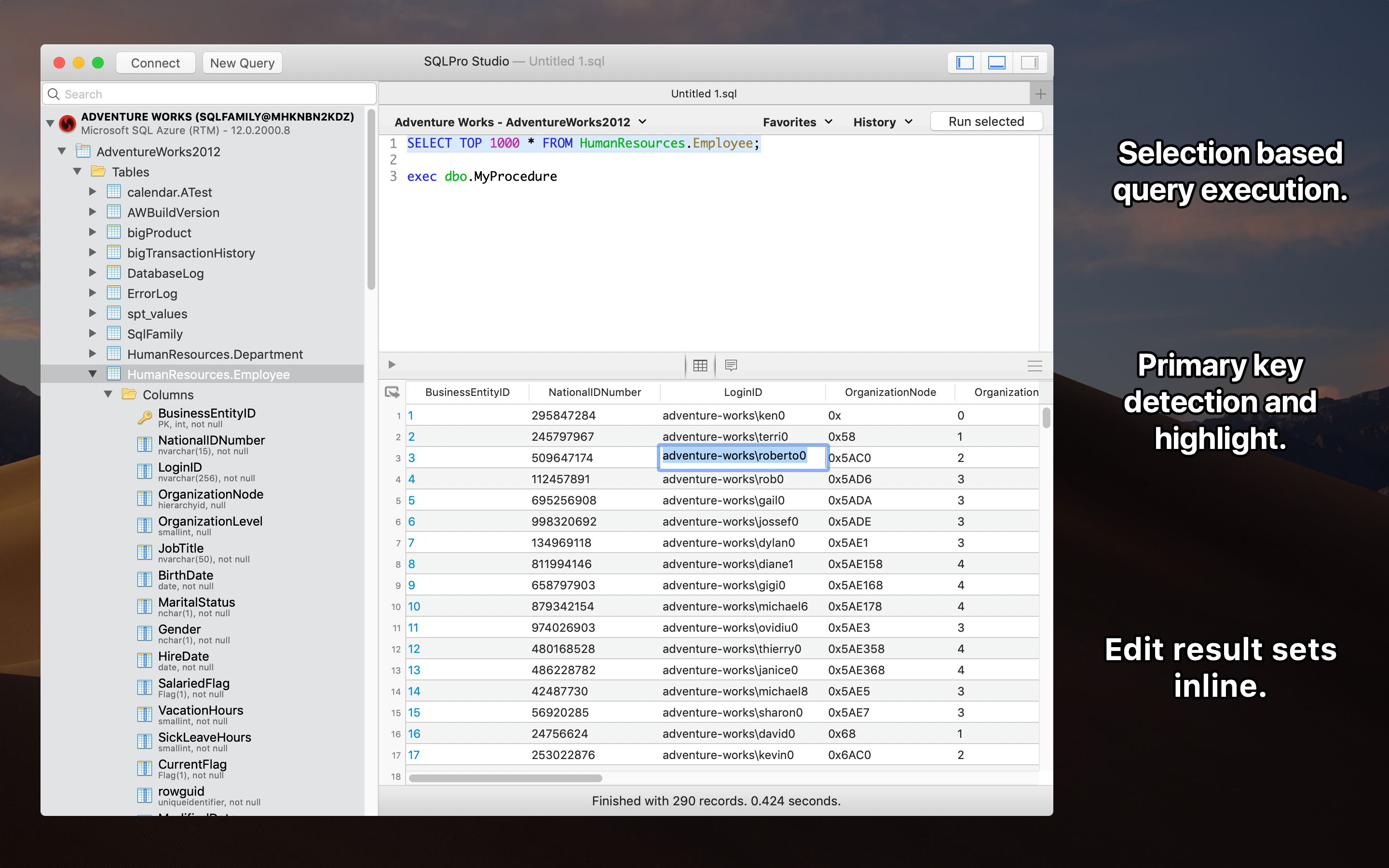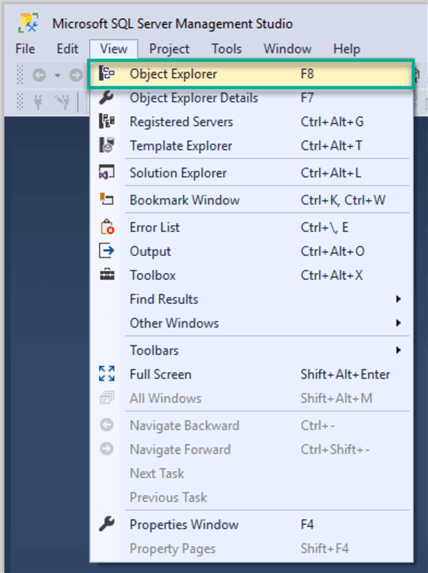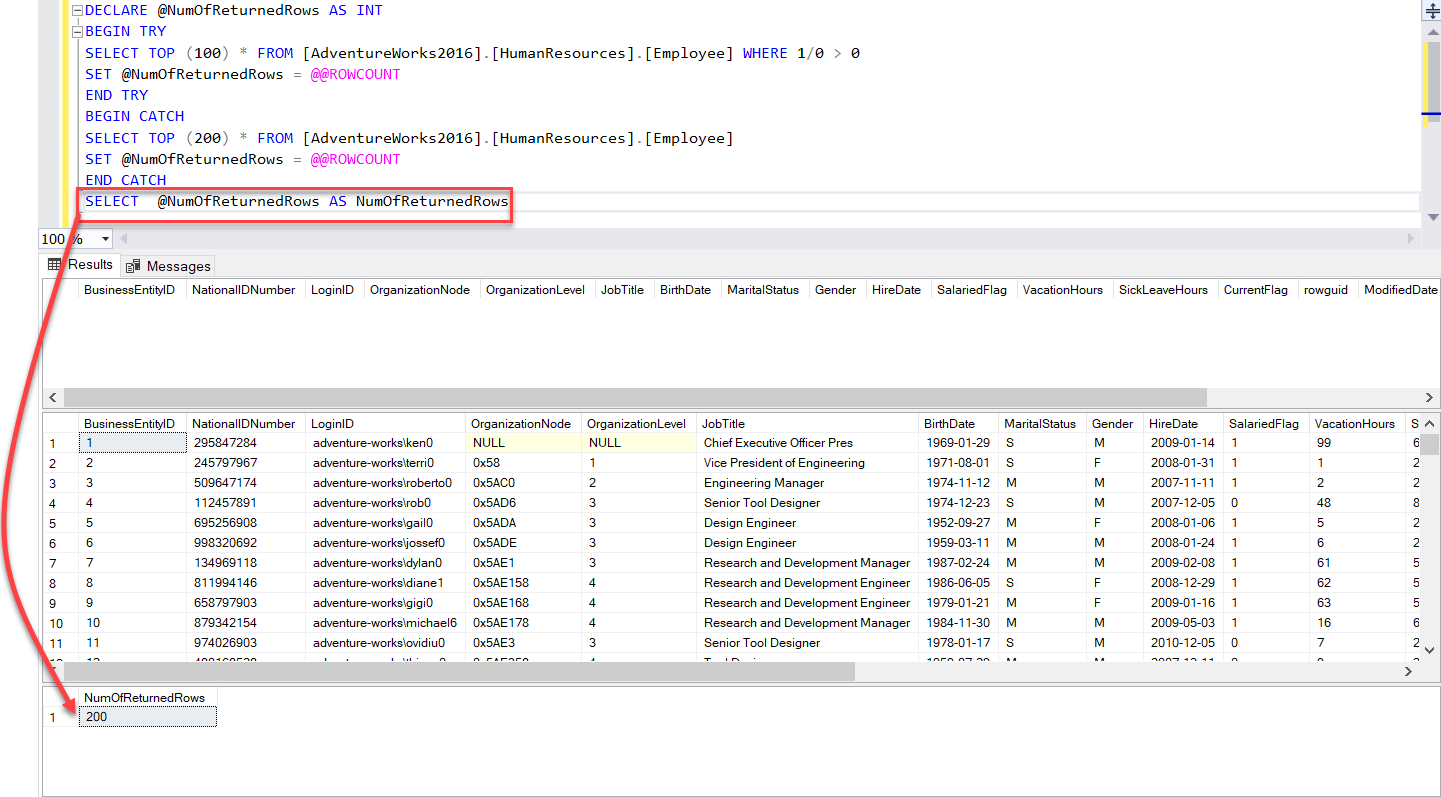

- #CREATE LOCALHOST SQL SERVER ON SQLPRO FOR POSTGRES HOW TO#
- #CREATE LOCALHOST SQL SERVER ON SQLPRO FOR POSTGRES INSTALL#
- #CREATE LOCALHOST SQL SERVER ON SQLPRO FOR POSTGRES PRO#
- #CREATE LOCALHOST SQL SERVER ON SQLPRO FOR POSTGRES DOWNLOAD#
- #CREATE LOCALHOST SQL SERVER ON SQLPRO FOR POSTGRES MAC#

Where the phisical database DB.mwb should be stored? under /htdocs/? or under the WebRatio folder and I should specify the path in the connection somewhere? or else the connectionDB creates it automatically somewhere?

Some questions to understand the logic of a connection: Now, with both server and connection running, I entered the string jdbc:mysql://127.0.0.1:8889/connectionDB but it doestn't connect on refresh (only using jdbc:mysql://127.0.0.1:8889/ works).
#CREATE LOCALHOST SQL SERVER ON SQLPRO FOR POSTGRES PRO#
With Sequel Pro I created a standard TCP/IP connection named connectionDB and it seems properly running on 127.0.01:8889 (root as username and password). Connecting DBeaver to a Heroku Postgres Database PostgreSQL Heroku - guild. If they are, then your connection was successful and secure. The server properly run under /127.0.0.1:8889 (checked) and the local folder is /MAMP/htdocs/ To make sure that your tunnel is open and connected to the PostgreSQL server, use the following command: psql -portX -hostlocalhost -c 'SELECT FROM pgcatalog.pgtables' See if the tables are returned.
#CREATE LOCALHOST SQL SERVER ON SQLPRO FOR POSTGRES MAC#
I am a mac user (newbie indeed.) I downloaded MAMP and started the local mysql.
#CREATE LOCALHOST SQL SERVER ON SQLPRO FOR POSTGRES DOWNLOAD#
Step 3: Download the PostgreSQL 9.
#CREATE LOCALHOST SQL SERVER ON SQLPRO FOR POSTGRES INSTALL#
Install the wget tool if it's not already there. Step 2: First, we will need to download the yum repository for PostgreSQL and for that we will need the wget utility. Additional user-specific connection information may be specified by means of user mappings. Step 1: Log in to your Linux server via SSH as the root user or a user with sudo privileges. Step 11: Upon successful execution of all required products, now the MySQL allows us to configure the server settings. A foreign server typically encapsulates connection information that a foreign-data wrapper uses to access an external data resource. Step 10: Upon execution of the previous step, the installer grasps all recommended products in place and asking for our approval to execute the product installation process. The user who defines the server becomes its owner. solutions.I am trying to connect through JDBC a DB.mwb under mysql (MAMP). CREATE SERVER defines a new foreign server. Homebrew PostgreSQL can also be installed on macOS using Homebrew. Close the app, and the server shuts down. Open the app, and you have a PostgreSQL server ready and awaiting new connections. solutions, how ever, in bigger tests, these to become bit more "problematic" when you are using bare metal etc. Postgres.app Postgres.app is a simple, native macOS app that runs in the menubar without the need of an installer. Though I have to say the Stellar and git reset -hard is an interesting solution, I'll have an issue with bigger databases and tests, and I do use the Virtualbox etc. The database dump is ~100MB when tar'ed and gzip'ed. I'm guaranteed to be the only user on the system, and I have root access. In the details pane, right click the TCP/IP item and select the Enable option: After this step the Warning box pop up in which informs us that changes that are made won’t take effect until the next time service is started. Is there any way I can save a snapshot of the current state of the database, and then quickly restore it? From the SQL Server Network Configuration node, select the Protocols item for the appropriate SQL Server. It's faster, but it's still slowing me down a lot (the restore takes around 20 minutes on my ageing laptop). Can You Use an Alias in the Where Clause in MySQL. In Microsoft SQL Server, there is a concept of querying across databases on the same server with and querying across servers (even of different types e.g. Count the Number of Occurrences of a String in a Varchar Field. People coming from SQL Server and MySQL often complain about how you cant query other databases from within a PostgreSQL database.
#CREATE LOCALHOST SQL SERVER ON SQLPRO FOR POSTGRES HOW TO#
Oracle: How to Upsert (Update or Insert into a Table) Inner Join VS Where. In my case, dumping and restoring between tests is faster than writing a script to undo all the changes. How to List All Foreign Keys Referencing a Given Table in SQL Server. I have a local copy of the production database to work with. During most of my development time, I can simply insert a "ROLLBACK" statement near the end of the workflow, but when I get close to commiting my changes, I need to test the real thing. Due to the complexity, it's very hard for me to manually revert all of the changes before I can run another test. All in all, about 12 tables (out of ~100) are touched by this action. I'm working on an application workflow where a single user action will trigger complex changes in the database - creating hundreds of records in some tables, updating hundreds of records in others, etc. First of all, I'm a developer, not a DBA or sysadmin please be gentle :)


 0 kommentar(er)
0 kommentar(er)
